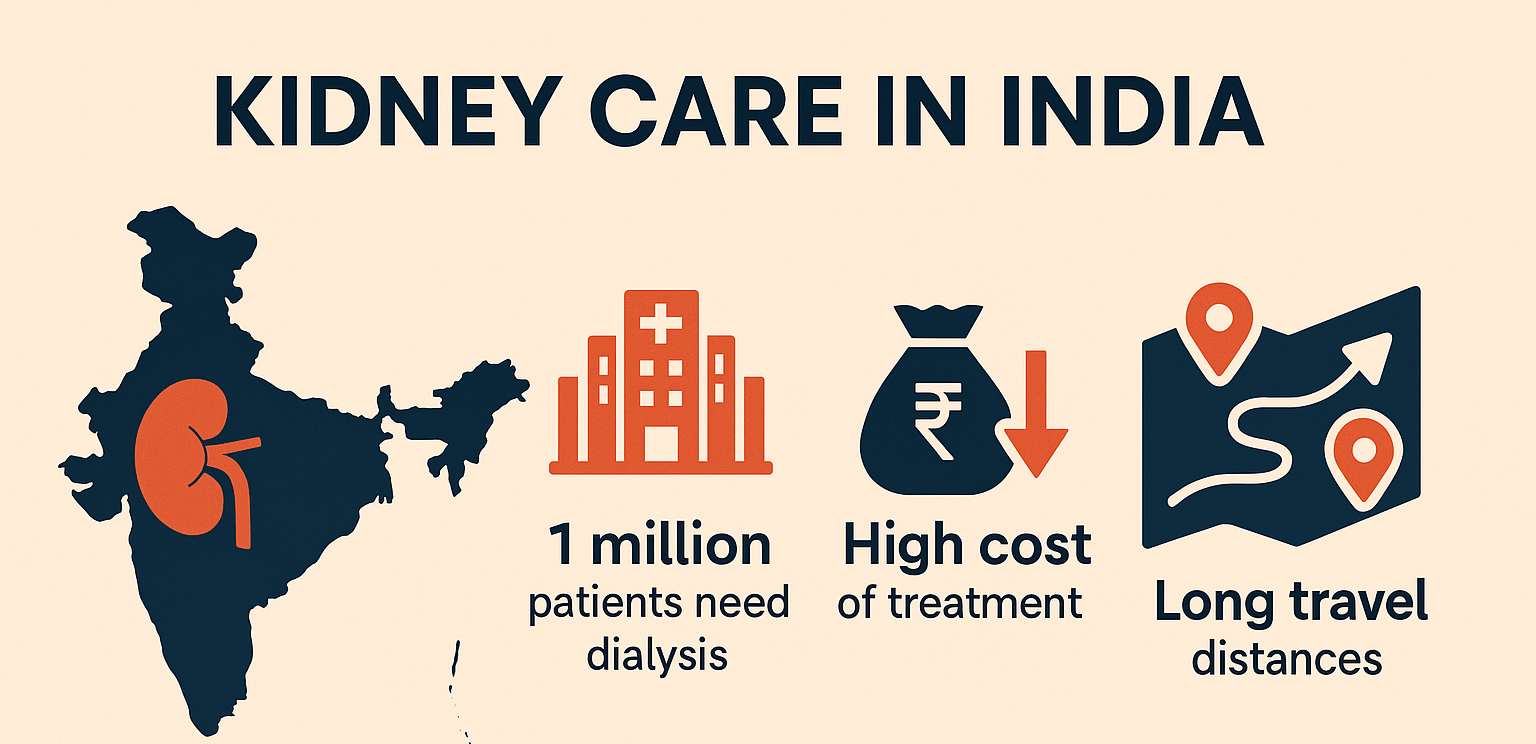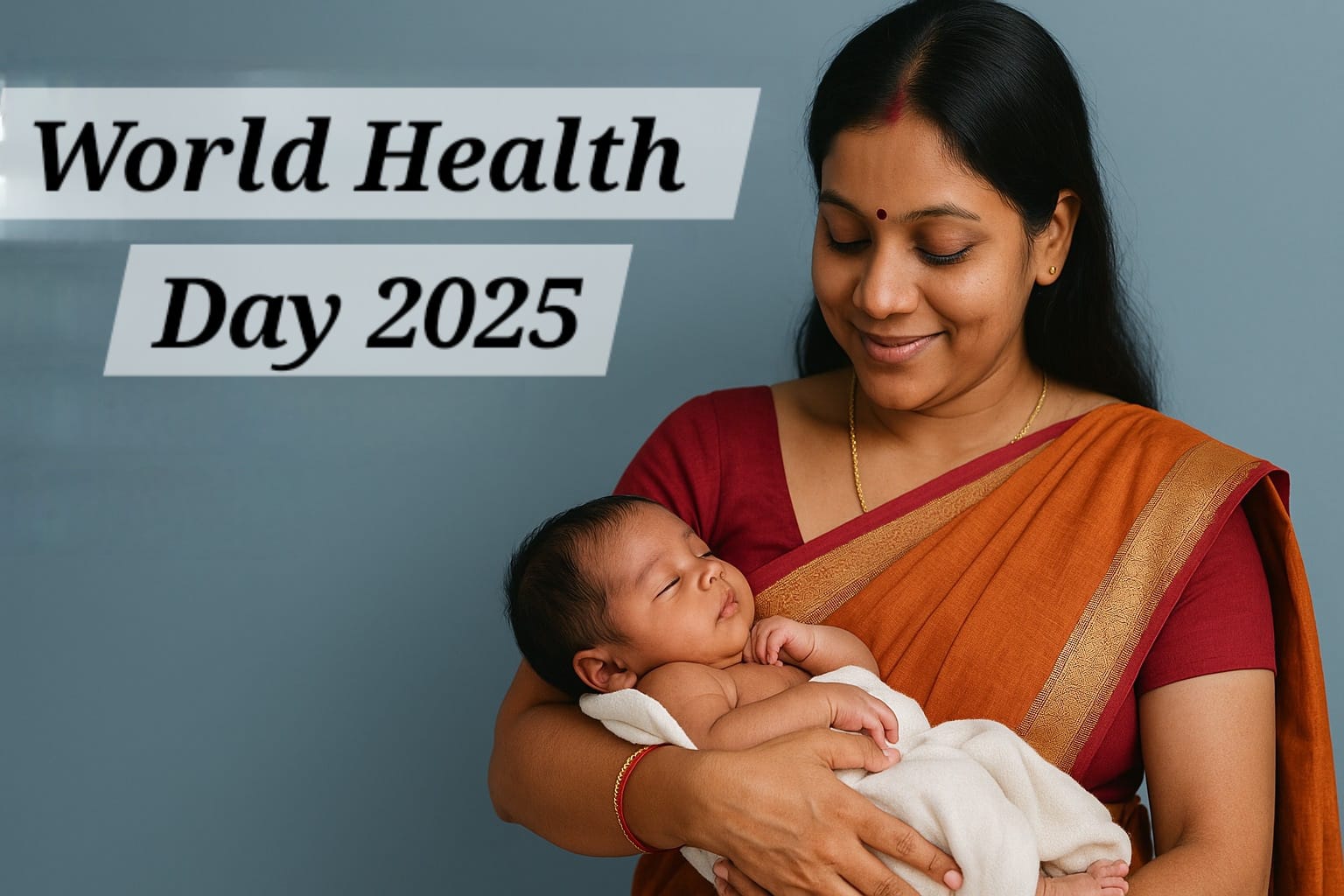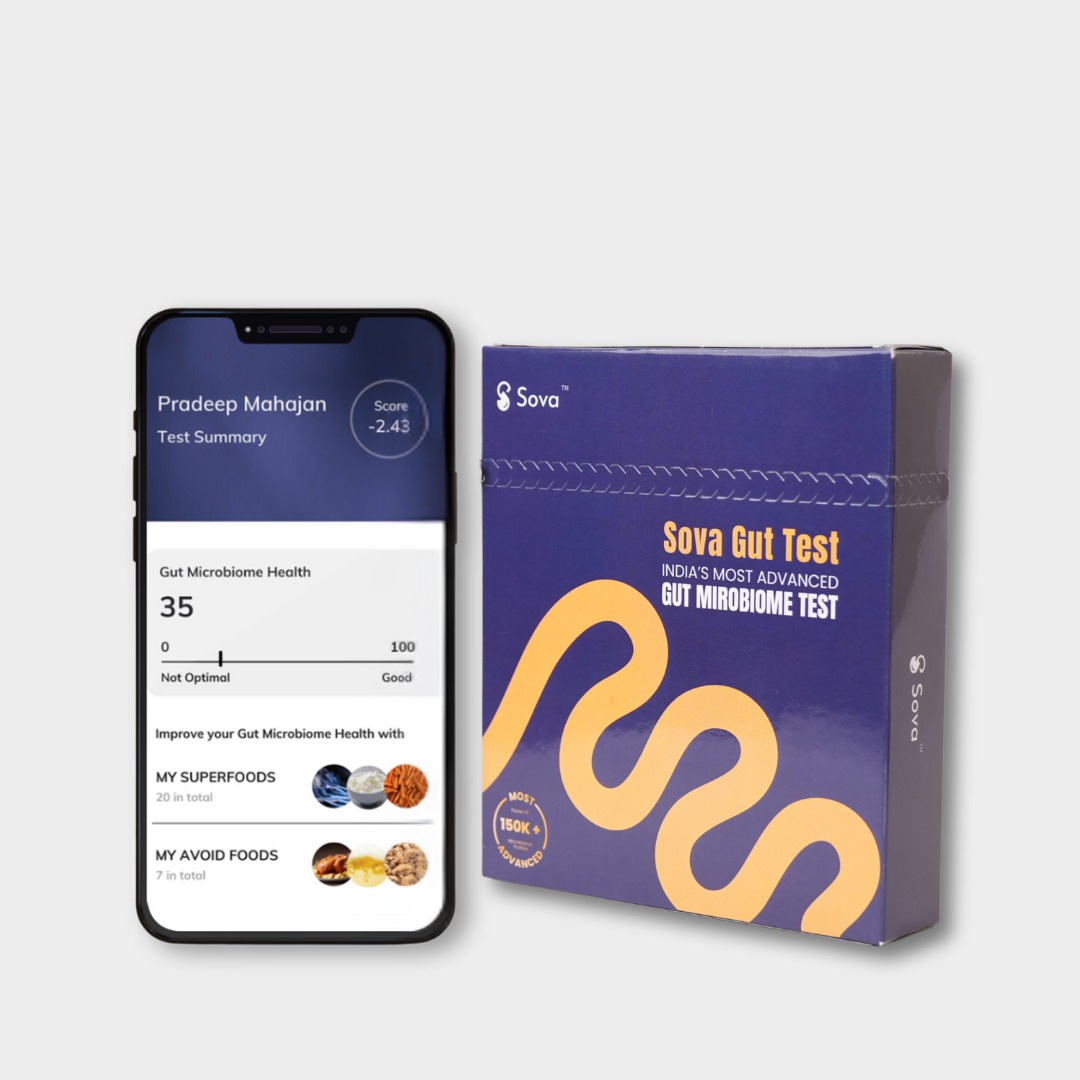Lung cancer is a leading cause of cancer deaths worldwide. Effective treatment methods are crucial to improving survival rates and quality of life for patients. Researchers at The University of Texas MD Anderson Cancer Center have conducted a study recommending intensity-modulated radiation therapy (IMRT) over 3D-conformal radiation therapy (3D-CRT) for treating locally advanced, unresectable non-small cell lung cancer (NSCLC). Published in JAMA Oncology, their findings highlight the benefits of IMRT in terms of survival rates and reduced adverse effects.
The study analyzed 483 patients from the Phase III NRG Oncology-RTOG 0617 randomized trial. The goal was to compare the effectiveness and side effects of IMRT and 3D-CRT in treating NSCLC. The results showed that IMRT offers comparable survival rates to 3D-CRT while significantly reducing the risk of severe pneumonitis, a common side effect of radiation therapy.
Key Findings
1. Survival Rates: Patients treated with IMRT had a slightly higher five-year overall survival rate of 30.8% compared to 26.6% for those treated with 3D-CRT. This difference is notable considering that patients in the IMRT group had larger and more complex tumors.
2. Adverse Effects: The incidence of severe pneumonitis was significantly lower in the IMRT group (3.5%) compared to the 3D-CRT group (8.2%). This reduction in adverse effects is a critical advantage of IMRT, as severe pneumonitis can significantly impact patients' quality of life and overall health.
3. Precision and Safety: IMRT provides better precision in targeting tumors while sparing surrounding healthy tissue. Unlike 3D-CRT, which directs radiation in straight lines, IMRT uses advanced techniques to shape the radiation dose to the tumor's contours. This reduces unnecessary exposure to nearby organs, minimizing potential side effects.
4. Cardiac Exposure: Minimizing radiation exposure to the heart is crucial for improving patient outcomes. The study found that patients with less than 20% of their heart exposed to 40 Gy of radiation had significantly better median survival (2.4 years) compared to those with higher exposure (1.7 years). This highlights the importance of precision in radiation therapy to avoid damaging critical organs.
Implications for Treatment
Dr. Stephen Chun, the study's lead author and an associate professor of Radiation Oncology, emphasized the need to adopt IMRT for lung cancer treatment. The findings dispel concerns about the low-dose radiation bath associated with IMRT, showing no excess secondary cancers or long-term toxicity. The study suggests that maximizing radiation precision to reduce cardiopulmonary exposure should be prioritized, moving past historic concerns over low-dose radiation exposure.
Benefits of IMRT
1. Improved Survival Rates: The slight increase in survival rates for patients treated with IMRT highlights its potential to offer better long-term outcomes for NSCLC patients.
2. Reduced Adverse Effects: Lower rates of severe pneumonitis and minimized cardiac exposure mean that patients can undergo treatment with fewer complications and a better quality of life.
3. Enhanced Precision: IMRT's ability to precisely target tumors while sparing surrounding healthy tissue is a significant advancement in radiation therapy, making it a more effective and safer option for lung cancer patients.
The findings from The University of Texas MD Anderson Cancer Center's study showcase the advantages of IMRT over 3D-CRT in treating locally advanced, unresectable non-small cell lung cancer. With better survival rates, fewer adverse effects, and enhanced precision, IMRT represents a significant step forward in lung cancer treatment. As the medical community continues to prioritize patient safety and treatment effectiveness, adopting IMRT could lead to improved outcomes for lung cancer patients worldwide.

 With better survival rates, fewer adverse effects, and enhanced precision, IMRT represents a significant step forward in lung cancer treatment.
With better survival rates, fewer adverse effects, and enhanced precision, IMRT represents a significant step forward in lung cancer treatment.






.jpeg)
.jpeg)





.jpeg)






.jpeg)




.jpeg)








